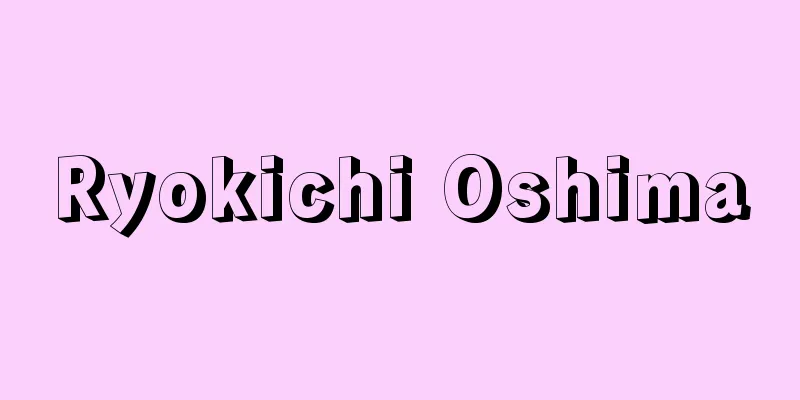Tax and employment tax - Soyocho

|
Tax laws in China and Japan. (1) China. In the Wei and Jin dynasties, the tax (grain) and tax (silk, cotton, and hemp) were imposed on each household, and in the Northern Wei dynasty, on each couple. During the Tang dynasty, as an obligation to the land allotment under the Equal Field Law, a man of the clan was required to pay a tax of 2 koku for millet, and a tax of 2 jo for silk and 3 ryo for cotton (or 2.5 jo for linen and 3 jin for linen thread), and was made to work on national civil engineering projects for 20 days a year (22 days in leap years). These were abolished with the promulgation of the two tax laws in 780. (2) Japan. The laws were established in the Asuka Kiyomihara Code of 689 and the Taiho Code of 701. The details are slightly different because the social and economic development stages are different from those in China. The tax (field tax) was a land tax levied according to the area of the rice field. The rate was 1 bundle/5 bunches for a harvest of 50 bunches per tier, and 2 bundles/2 bunches for a harvest of 72 bunches, both of which were about 3% of the harvest. Apparently, cho was originally a tax based on the number of households, but under the Kiyomihara Code, it became a poll tax in which adult men paid a set amount in kind, such as textile products, processed foods, and local specialties. Yo was originally a tax based on the number of households paying food and clothing for servants, and later became a poll tax similar to cho. Miscellaneous labor was also added as a poll tax under the Kiyomihara Code. Cho and Yo were sent to the capital to be used as salaries for government officials and project expenses, while rent and miscellaneous labor became a source of revenue for local governments, but in the 9th and 10th centuries, there was a serious lack of payments and a decline in quality, which began to lead to the disintegration of the Ritsuryo state. →Related Items Section Officers | Poll Tax | Middle Son Crops | Tang Dynasty | Warrant Officer (China) | Prefectural Military System | Ritsuryo System Source : Heibonsha Encyclopedia About MyPedia Information |
|
中国と日本の税法。(1)中国。魏(ぎ)・晋(しん)のころ租(穀物)・調(絹・綿・麻)は戸ごとに,北魏では1夫婦ごとに課せられていた。唐代に均田法による給田に対する義務として,丁男(ていだん)が租を粟(あわ)2石,調を絹2丈(じょう)と綿3両(または麻布2.5丈と麻糸3斤(きん))を納め,庸として1年に20日(閏(うるう)年は22日)国家的土木事業に従事させられた。780年両税法の発布により廃された。(2)日本。689年の飛鳥浄御原律令(あすかきよみはらりつりょう),701年の大宝律令で整備。中国と社会経済の発展段階が異なるために細部ではやや違う。租(田租)は田の面積に応じて課される土地税。率は1段の収穫50束に対し1束5把(わ),72束なら2束2把で,いずれも収穫の約3%。調は初め戸数割だったらしいが,浄御原令で成年男子が繊維製品,加工食品,特産品など一定額を現物で納付する人頭税となったらしい。庸は初め仕丁(しちょう)の衣食の戸数割,のちに調同様の人頭税。雑徭(ぞうよう)も浄御原令で人頭税として追加された。調・庸は都に送られ官人給与や事業費となり,租・雑徭は地方行政の財源となったが,9−10世紀に滞納や品質低下が著しく,律令国家を解体させ始めた。 →関連項目課役|人頭税|中男作物|唐|賦役(中国)|府兵制|律令制度 出典 株式会社平凡社百科事典マイペディアについて 情報 |
Recommend
Dobrudzha
…It is currently divided into Romanian and Bulgar...
Sincerity - Makoto
Confucian virtues. Sincerity refers to a mental a...
Minister of State
In the broad sense, they are members of the Cabin...
Crotalus adamanteus (English spelling)
…[Yasuo Okada]. … *Some of the terminology that m...
Dinoflagellates - Dinoflagellates
A general term for single-celled organisms belong...
King, BB - King
...guitar), Robert Johnson (1912?-38, guitar), a ...
vedana (English spelling)
…Of these, rūpa (form) includes the five sense or...
Murakami Kagaku
Japanese painter. Real name Shinichi. Born in Osa...
Kelsen, Hans
Born: October 11, 1881 in Prague [Died] April 19, ...
Borah, William Edgar
Born June 29, 1865 in Fairfield, Illinois Died: Ja...
Argument - Uron
...It is precisely in today's world, where ob...
Celtic Church - Celtic Church
A general term for the early Christian church, mai...
Sunrise - Gorakko
〘Noun〙 ("Go" is a prefix) ① The sunrise ...
Schickard, W.
...This machine was used to perform multiplicatio...
Ginkgo - Ginkgo
...It is common to have grooves on the sides that...


![Marii-El [Republic] (English spelling)](/upload/images/67cceb279e0f5.webp)






